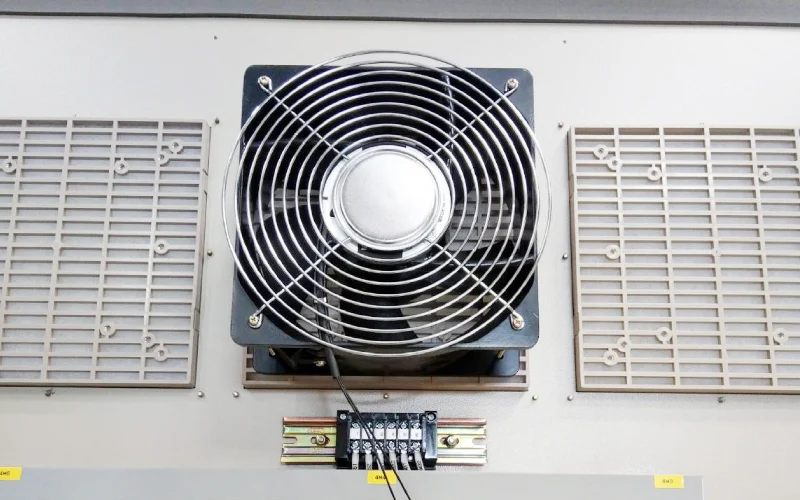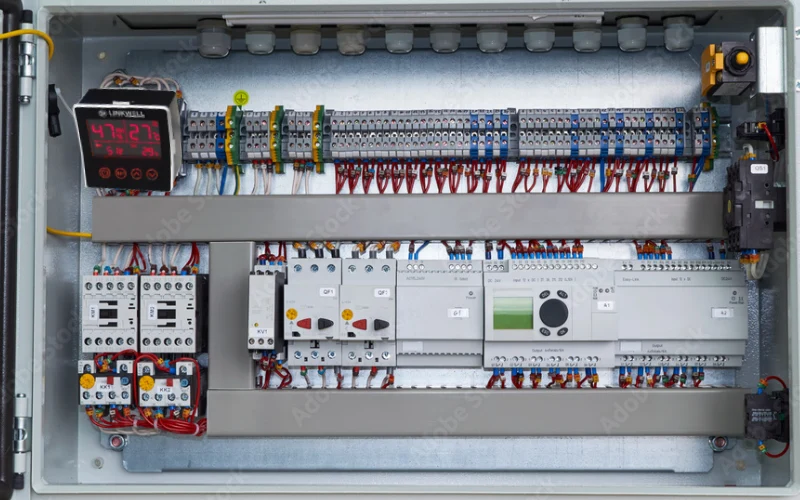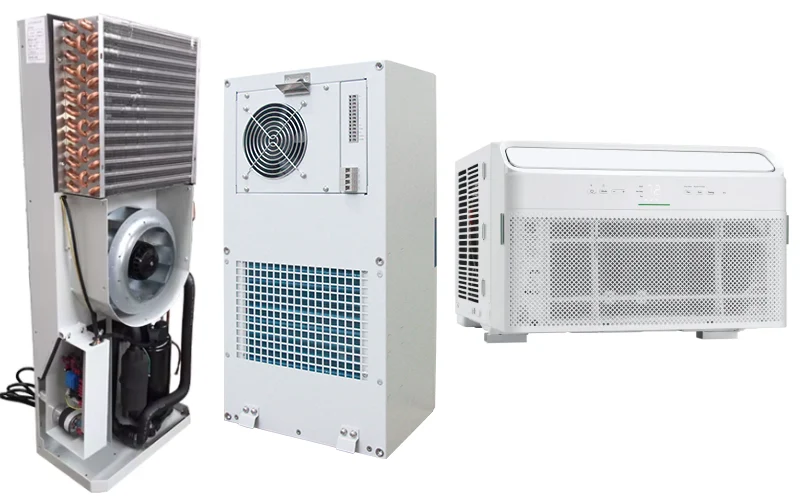Distribution blocks are essential components in many electrical systems, particularly in automotive and marine applications, allowing you to neatly and safely split a single power or ground wire into multiple outputs. If you’re looking to expand your electrical system or clean up existing wiring, understanding how to make a distribution block can be incredibly useful.
Building your own distribution block allows for customization to fit your specific needs, whether you require more outputs, a different gauge wire capacity, or a unique mounting solution. This guide will walk you through the process, providing the knowledge to create a functional and reliable distribution block for your projects.
What is a Distribution Block?
Recommended Distribution Blocks
A power distribution block, sometimes called an electrical distribution block or a battery distribution block, is a device that takes a single input wire and splits it into multiple output wires. This is incredibly useful for distributing power or ground connections to several components from one source. You might use a 12v power distribution block in your car for aftermarket audio equipment, or an automotive electrical distribution block for various accessories.
Distribution blocks come in various forms, including fused distribution blocks that offer circuit protection for each output, and ground distribution blocks for consolidating multiple ground wires. They are fundamental for clean and organized wiring, preventing a messy tangle of wires and ensuring efficient electrical flow. Whether it’s a car audio power distribution block or a marine power distribution block, they all serve the same core purpose: efficient power management.
Types of Distribution Blocks
You’ll find many types of distribution blocks, each designed for specific applications. A fused distribution block provides individual fuse protection for each output, which is crucial for sensitive electronics. A ground distribution block, on the other hand, is specifically for consolidating multiple ground wires to a single common ground point, often seen in car audio distribution block setups.
Beyond that, you have power distribution blocks for 12v systems, common in vehicles, and industrial versions for higher voltage applications. Some are designed for specific wire gauges, like a 0 gauge distribution block or a 4 gauge distribution block, accommodating different current requirements. You can also find specialized units like an RCA distribution block for audio signals or a brake distribution block in automotive braking systems.
Components of a Distribution Block
Understanding the core components of a power distribution block is crucial before you start building one. At its heart, a distribution block consists of a conductive bar or plate, typically made of brass or copper, that acts as the common connection point. This bar is where the main input wire connects.
Around this central conductor, you’ll find multiple terminals or screw-down points where the individual output wires are secured. These terminals are designed to provide a secure and low-resistance connection. Many distribution blocks also include a protective cover, often made of clear plastic, to prevent accidental short circuits and protect the connections from environmental elements. For fused distribution blocks, there will also be individual fuse holders for each output, adding an extra layer of safety.
Why Make Your Own Distribution Block?
Making your own distribution block offers several compelling advantages over purchasing a pre-made one, especially if you have specific needs or a unique setup. One of the primary benefits is customization. You can tailor the number of outputs, the gauge of wire it accommodates, and even the physical layout to fit your application perfectly.
Another significant reason is cost savings. While some basic power distribution blocks are inexpensive, specialized or high-current versions can be quite costly. Building your own can be a more economical solution, especially if you already have some of the necessary materials on hand. Furthermore, understanding how to make a distribution block gives you complete control over the quality of materials and connections, ensuring a robust and reliable component for your electrical system.
Tools Needed
Before you begin, gather the necessary tools and materials to ensure a smooth and efficient process. Having everything readily available will prevent interruptions and make the build much easier. You will need:
- Drill and Drill Bits: For creating mounting holes and holes for wire terminals.
- Wire Strippers/Crimpers: Essential for preparing wires and attaching terminals.
- Screwdrivers (Phillips and Flathead): For securing screws on terminal blocks and mounting.
- Soldering Iron and Solder (Optional but Recommended): For creating strong, low-resistance connections.
- Heat Gun (for heat shrink tubing): If you opt for heat shrink for insulation.
- Multimeter: For testing continuity and ensuring proper connections.
- Safety Glasses: Always protect your eyes when working with tools.
- Gloves: For hand protection.
Materials Needed
Selecting the right materials is crucial for the performance and safety of your DIY power distribution block. The quality of your materials will directly impact the block’s current handling capacity and longevity. Here’s a list of materials you will need:
- Conductive Material (Bus Bar): A copper or brass bar or plate. The size and thickness depend on the current you’ll be running. For automotive applications, a thick copper bar is often preferred.
- Terminal Blocks/Studs: Insulated screw-down terminals or studs for connecting input and output wires. Ensure these are rated for the current you intend to use.
- Acrylic or Plastic Sheet: For the base and cover of the distribution block. This provides insulation and protection. Look for materials that are durable and non-conductive.
- Hardware (Screws, Nuts, Washers): Stainless steel or brass hardware is recommended for corrosion resistance, especially in marine or automotive environments.
- Wire Terminals/Lugs: Ring terminals or spade terminals that match your wire gauge and the terminal studs you are using.
- Heat Shrink Tubing or Electrical Tape: For insulating exposed connections.
- Fuses and Fuse Holders (for fused distribution block): If you plan to make a fused distribution block, you will need appropriate fuse holders (e.g., ANL, AGU, or MIDI) and fuses.
- Mounting Brackets/Feet (Optional): For securing the distribution block in place.
How to Make a Distribution Block
Now that you have all your tools and materials, let’s dive into the step-by-step process of making your own distribution block. This guide focuses on a general-purpose power distribution block, but you can adapt it for specific needs, such as a ground distribution block or a fused distribution block.
Step 1: Design and Planning
Before you start cutting and drilling, take the time to design your distribution block. This is a critical step for ensuring the block meets your specific needs and is safe to use. Consider the number of inputs and outputs you require. Will you need a single large input for power and then multiple smaller outputs for various accessories, or will you be using a ground distribution block with multiple grounds coming in?
- Determine the maximum current that will flow through the block. This will dictate the size and thickness of your conductive bus bar and the rating of your terminal blocks. Over-specifying these components is always a good idea for safety.
- Sketch out the layout of your distribution block, including the placement of the bus bar, terminal studs, and mounting holes. Consider the physical space where you will install the block and ensure your design fits comfortably.
- If you’re building a fused distribution block, plan for the inclusion of individual fuse holders for each output. This adds an extra layer of protection for your connected devices.
- Think about how you will insulate and protect the block from the environment. A clear acrylic cover is a good choice for visibility and protection.
Step 2: Prepare the Bus Bar
The bus bar is the heart of your distribution block, responsible for efficiently distributing current. Selecting the right material and preparing it properly is crucial for a reliable connection. Copper or brass are ideal due to their excellent conductivity.
- Cut your chosen conductive material (copper or brass bar/plate) to the desired length based on your design. Use a hacksaw or a specialized metal cutting tool for a clean cut.
- Smooth any rough edges or burrs with a file or sandpaper to prevent damage to wire insulation and ensure a clean contact surface.
- Drill holes in the bus bar for your input and output terminal studs. Ensure these holes are slightly larger than the stud diameter to allow for easy assembly.
- If you plan to solder your connections, clean the surface of the bus bar thoroughly with a degreaser or rubbing alcohol to ensure good solder adhesion.
Step 3: Fabricate the Base
The base of your distribution block provides the structural support and crucial insulation between the conductive bus bar and any mounting surfaces. Using a non-conductive material like acrylic or sturdy plastic is essential for safety.
- Cut the acrylic or plastic sheet to the dimensions determined in your design. This will form the base of your distribution block.
- Carefully mark the locations for the terminal stud holes on the base, aligning them with the holes you drilled in the bus bar.
- Drill the terminal stud holes in the base. It’s important that these holes are a snug fit for your terminal studs to prevent rotation and ensure a secure connection.
- Also, mark and drill any mounting holes on the base if you plan to directly mount the distribution block to a surface. Ensure these are countersunk if you want flush mounting screws.
Step 4: Assemble the Terminals
This step involves securing the terminal studs to the bus bar and the base, establishing the connection points for your input and output wires. Pay close attention to achieving secure and low-resistance connections.
- Insert the terminal studs through the holes in the bus bar and then through the corresponding holes in the base.
- Secure each terminal stud with nuts and washers on both sides of the bus bar and the base. Use two nuts on each stud on the bus bar side – one to cinch down the terminal firmly to the bus bar and another to lock it in place.
- If you’re making a fused distribution block, this is where you would integrate the fuse holders. Mount the fuse holders securely to the base, ensuring their output terminals align with the output terminals of your bus bar.
- Consider applying a small amount of dielectric grease to the connections to prevent corrosion and improve conductivity, especially in a marine power distribution block or other outdoor applications.
Step 5: Wiring and Connections
With the bus bar and terminals assembled, it’s time to make the electrical connections. This involves connecting the input wire to the main terminal and then connecting your various accessories to the output terminals. Proper wire preparation and secure connections are paramount for safety and performance.
- Strip a sufficient amount of insulation from your main input wire to expose the copper conductor. Crimp a high-quality ring terminal onto the stripped end. If you are proficient with soldering, solder the terminal for a more robust connection.
- Connect the main input wire’s ring terminal to the designated input terminal stud on your distribution block, securing it firmly with a nut and washer.
- For each output, strip the wire and crimp or solder a ring terminal onto it. Connect these output wires to the remaining terminal studs.
- If you’re building a fused distribution block, ensure each output wire passes through its respective fuse holder before connecting to the output terminal. This provides individual circuit protection for each connected device.
Step 6: Insulation and Protection
Insulating and protecting your distribution block is crucial for safety, preventing short circuits, and ensuring longevity. Exposed electrical connections can be dangerous and are susceptible to environmental damage.
- Once all connections are made and verified, use heat shrink tubing or high-quality electrical tape to insulate any exposed metal parts of the terminals or bus bar that are not intended for contact. This includes the back of the terminal studs and any exposed portions of the bus bar.
- Create a protective cover for your distribution block using another piece of acrylic or sturdy plastic. This cover should be large enough to completely enclose the bus bar and terminals, protecting them from dust, moisture, and accidental contact.
- Mount the cover to the base using small screws or clips. You can also use standoffs to create a small air gap between the cover and the components, which can help with heat dissipation.
- Ensure the cover provides a secure fit but is also easily removable for maintenance or troubleshooting. For a more professional look, consider using a clear cover to visually inspect the connections without removal.
Step 7: Testing Distribution Blocks
Before permanently installing your DIY distribution block, thorough testing is essential to ensure it is functioning correctly and safely. This step verifies continuity and identifies any potential short circuits.
- Use a multimeter to check for continuity between the input terminal and each of the output terminals. You should have continuity (a very low resistance reading) between the input and each output.
- Next, check for continuity between the input terminal and the mounting surface or any external metal parts of the distribution block. There should be no continuity, indicating proper insulation.
- If you’ve built a fused distribution block, test the continuity through each fuse holder with a fuse inserted. Then, remove the fuse and check for continuity across the fuse holder terminals; there should be no continuity.
- Once installed, and before connecting sensitive electronics, you can perform a live voltage test with a multimeter to confirm that the correct voltage is present at the output terminals.
- Carefully inspect all connections one last time to ensure they are tight and secure. Loose connections can lead to resistance, heat buildup, and potential hazards.
Maintenance Tips for Your Distribution Blocks
Even after you’ve successfully made and installed your distribution block, regular maintenance is key to ensuring its long-term reliability and safety. Neglecting your distribution block can lead to issues like corrosion, loose connections, and ultimately, electrical problems.
- Regular Visual Inspections: Periodically check your distribution block for any signs of wear, corrosion, or damage. Look for frayed wires, discoloration around terminals (indicating heat buildup), or cracked insulation.
- Tighten Connections: Over time, vibrations (especially in automotive applications) can cause screws and nuts to loosen. Every few months, re-tighten all terminal connections. Be careful not to overtighten, as this can strip threads or damage the terminals.
- Cleanliness: Keep the distribution block free from dust, dirt, and moisture. A buildup of grime can lead to tracking and potential short circuits. Use a clean, dry cloth to wipe down the block. If it’s particularly dirty, you can use a small amount of electrical contact cleaner.
- Corrosion Prevention: In humid or corrosive environments (like marine applications), consider applying dielectric grease to the terminals and connections to prevent corrosion. If you notice any corrosion, disconnect power and gently clean it off with a wire brush or fine-grit sandpaper, then reapply dielectric grease.
- Fuse Checks (for fused blocks): If you have a fused distribution block, periodically check the fuses to ensure they are still good. Even if a circuit isn’t actively failing, a fuse can sometimes develop a hairline crack.
Conclusion
Making your own distribution block offers a rewarding experience, providing a customized and robust solution for managing your electrical connections. You’ve learned about the various types, essential components, and the step-by-step process, from planning and preparing materials to assembling, wiring, and thoroughly testing your creation. Remember, attention to detail and adherence to safety practices are paramount throughout the build.
By following these guidelines, you can create a reliable and efficient distribution block that perfectly suits your needs, whether for a car audio system, an automotive electrical setup, or any other application requiring organized power distribution. The knowledge gained will not only empower you to tackle future electrical projects but also give you confidence in the quality and safety of your custom-built component.
When it comes to sourcing high-quality materials and professional-grade distribution blocks, don’t hesitate to consider your options. If you’re looking for wholesale power distribution block solutions that meet rigorous standards, get wholesale power distribution blocks from us.





